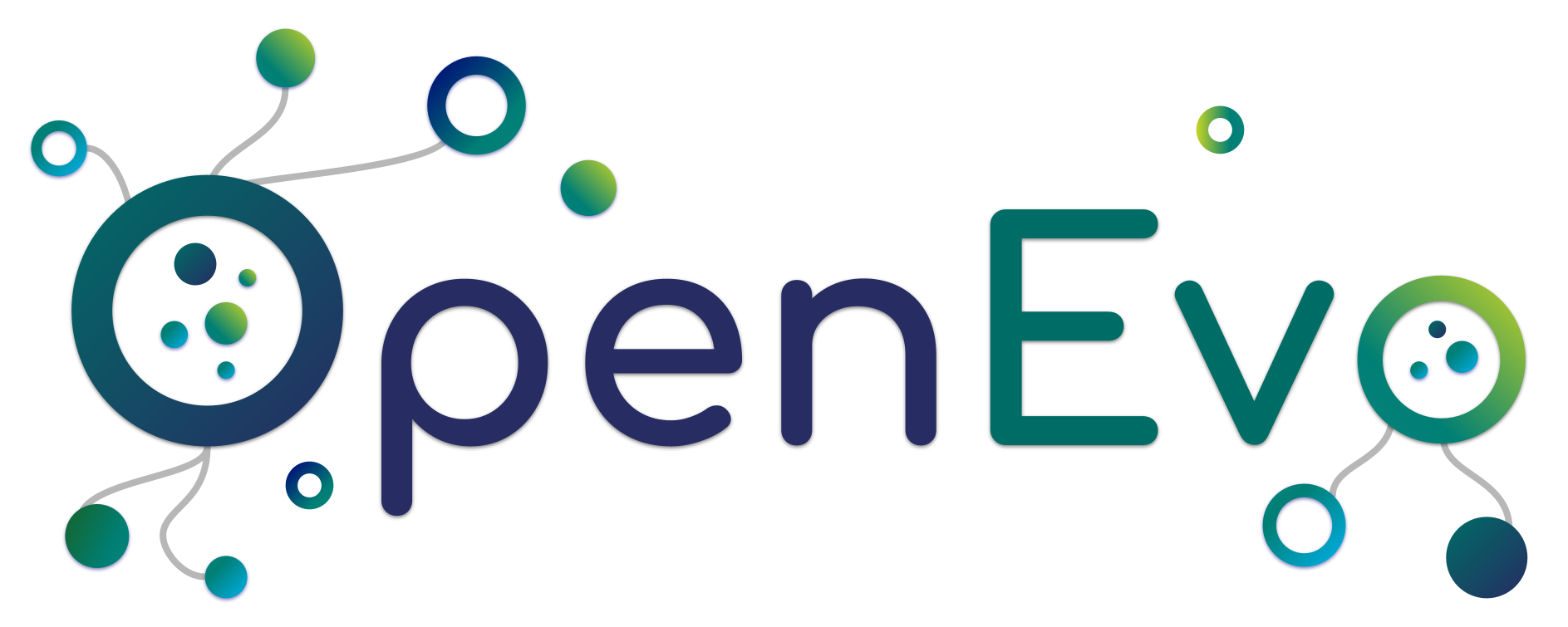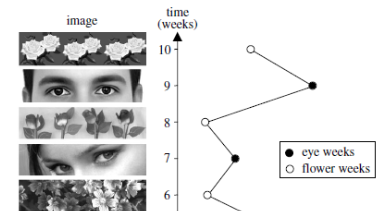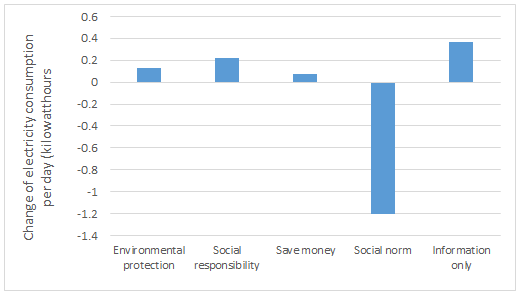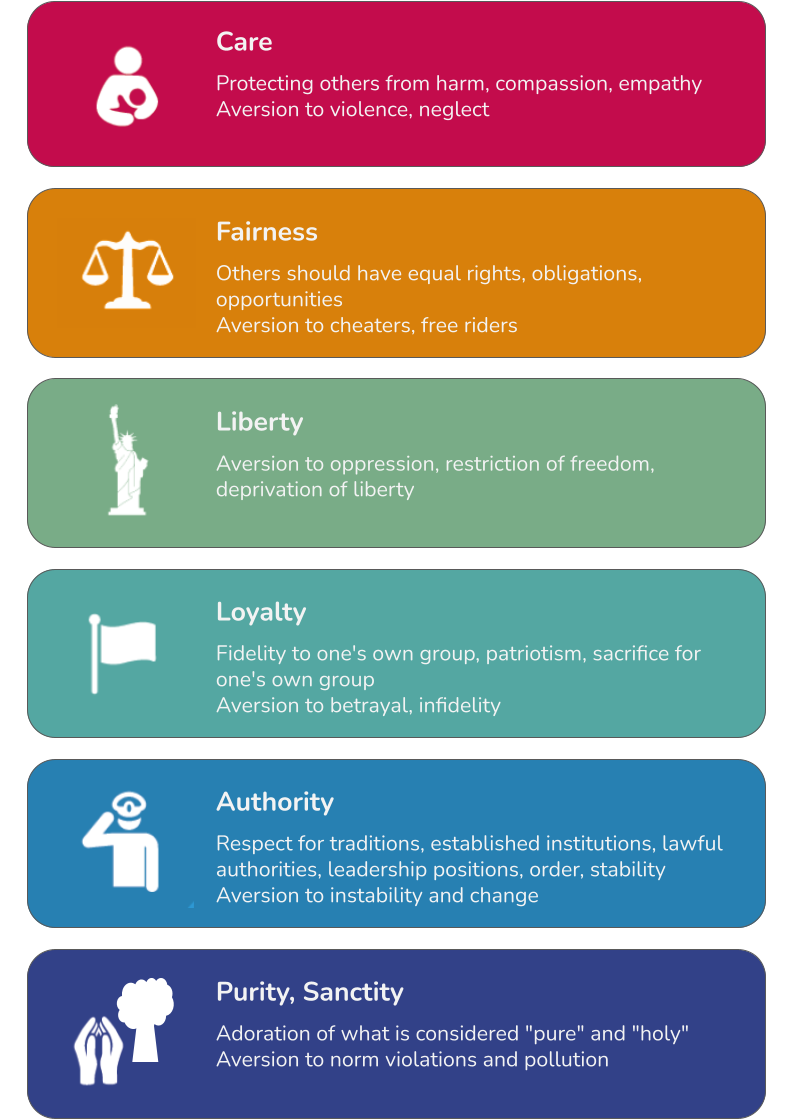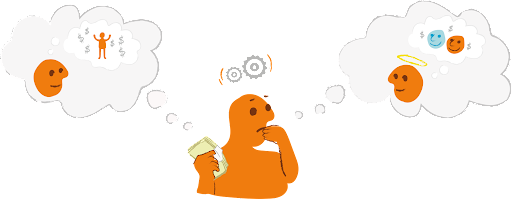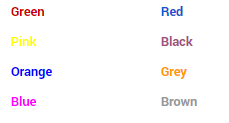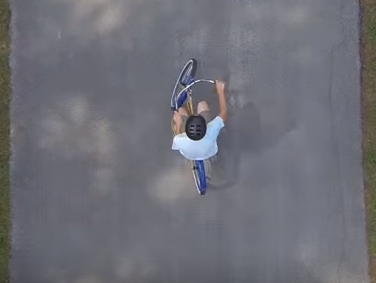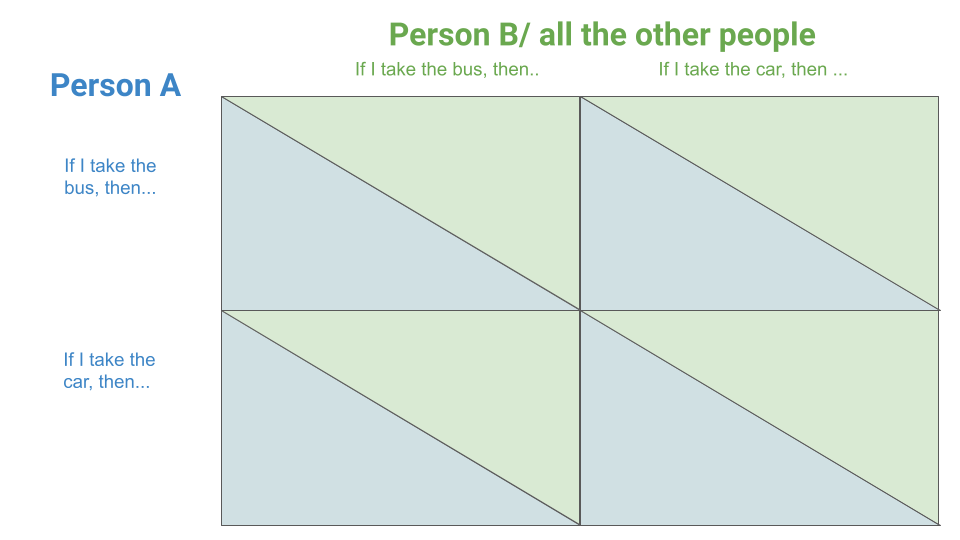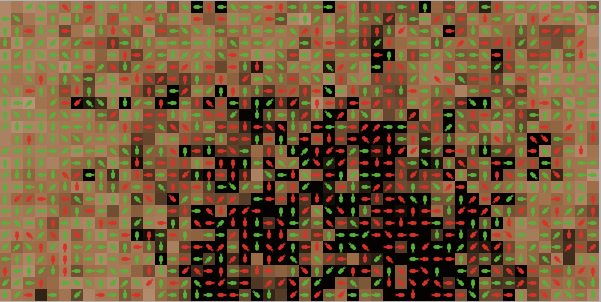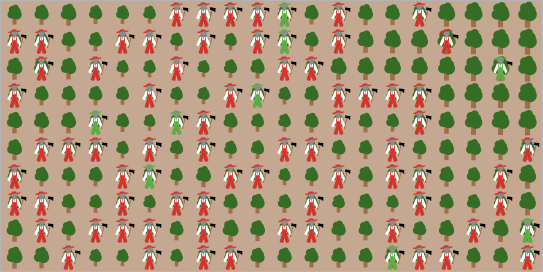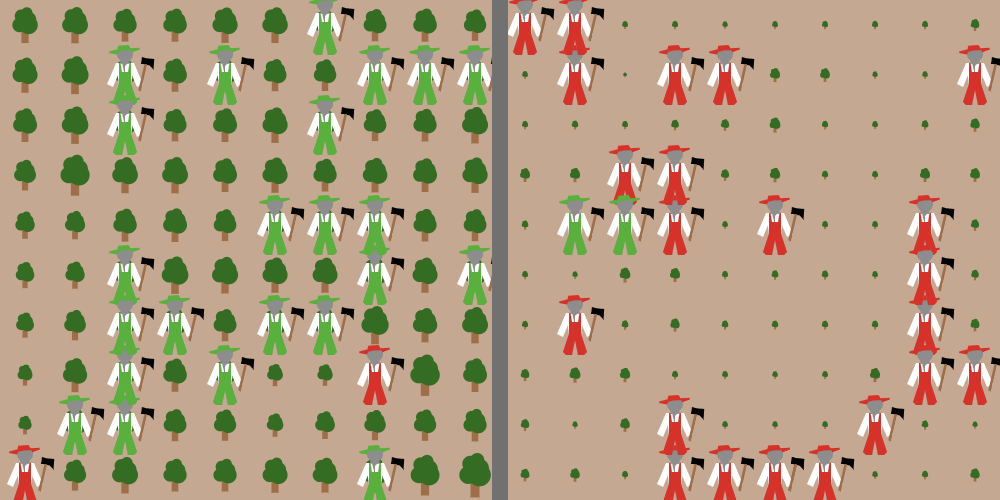A behavioral experiment that tells us about the role of unconscious perception, particularly the perception of human eyes, on human social behavior.
Grade or Expertise Level: 6-8
A set of behavioral experiments to find out what motivates people to save electricity, exploring the roles of monetary incentives, social norms, appeals to
Students identify the moral intuitions underlying people’s opinions in quoted texts and images.
A set of behavioral experiments across cultures that explore the human sense of fairness.
In this lesson students sort their own experience of thinking into fast and slow processes. Based on this, they come to understand that our
This video is about a bicycle that works differently than normal bicycles, and how challenging it is for our minds to learn how to
Students reflect on the causes and consequences of human behaviors in situations of social interactions, and are introduced to the payoff matrix as a
This NetLogo model lets students explore how competition for resources can affect the evolution of a population and can result in resource overuse. This
This NetLogo model builds on the model of Two Foresters. In this model, agents reproduce based on the amount of resources that they harvest.
This NetLogo computer model extends the model Two Foresters and introduces a bigger and more complex population structure
